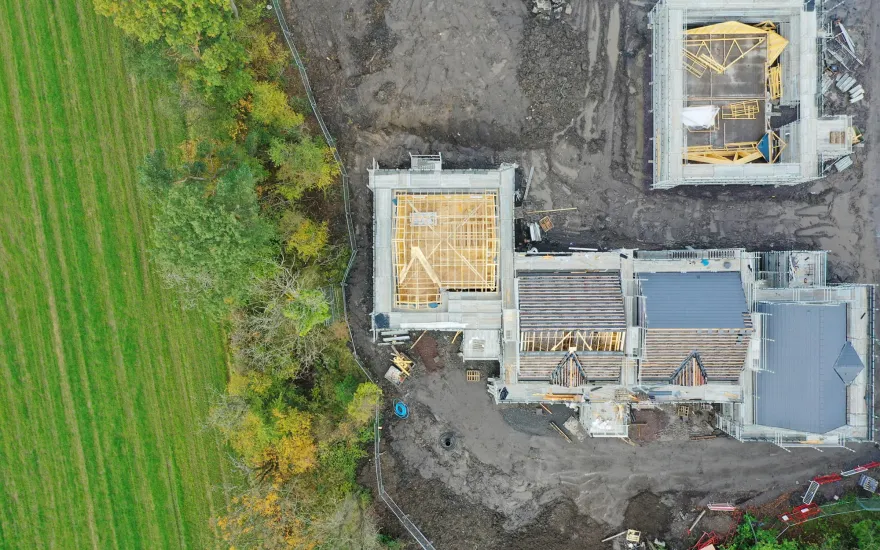Now live: The 2025 Canopy Report. Learn how Americans see trees. GET THE REPORT
Bulletin
Tree Risk Assessment—Recognizing and Preventing Hazard Trees
Worrying about hazards has resulted in the unnecessary removal of many trees. Although the problem of hazard trees needs to be addressed by every landowner and land manager, removal should be an act of last resort. Instead, some technical knowledge and a lot of common sense are the keys to preventing injuries, property damage, and lawsuits due to unsafe trees.

There once was a young arborist who was placed in charge of the trees on a beautiful college campus.
Most of the trees under his care had been planted decades before, then carefully nurtured through the years to provide shade and lend grace to the academic setting.
Not long after the new arborist arrived, trees began being felled, and a “hit list” of others was presented to the faculty committee that oversaw such matters. Soon, the arborist was known as The Grim Reaper, a title out of character in a profession dedicated to prolonging the lives of trees!
After some investigation, it was learned that the arborist had been to a training session about hazard trees. The course had done such a good job in some respects that the man’s sharpened eye saw potential trouble in nearly every tree. The course had frightened him so much that he viewed tree removal as the only course of action to avoid potential injuries, property damage and, above all, liability suits. Old poplars in a park, a pear tree by a dorm, and dead snags in the arboretum were viewed the same — and all were scheduled for removal.
While the arborist’s intentions were good, his method was not. Instead of encouraging people to view every tree as a hazard if it has a defect, tree risk assessment takes into account the potential for failure and the potential for causing harm. Today, forms and decision criteria have been developed to guide the process of assessing risk. Basically, the newer method of assessment moves away from labeling a tree a hazard or a safe tree. Instead, it attempts to quantify the risk of harm in a way that allows decision makers to balance safety with the value that trees provide.
In this issue, we present dangerous tree warning signs, as well as a reminder that those of us who own or manage trees are, indeed, responsible for the safety of people and property in the vicinity of our trees. But you will find no photos of dented cars or smashed houses. Scare tactics may backfire. The better approach is to learn to analyze the setting, consider the risks and benefits, and carefully plan for actions that prevent or correct hazards whenever possible. This issue is dedicated toward that end.
In This Bulletin
Here’s what’s inside:
- Recognizing Tree Hazards – steps for assessing whether trees are hazardous
- A Case for Old Trees: Indiana University – an example of a nature-focused approach that protects older trees
- Tree Hazards and the Community Forestry Program – tips to help keep community forestry programs out of trouble
- Other Hazards to Avoid – tree attributes, beyond ailing trees, that can cause issues
